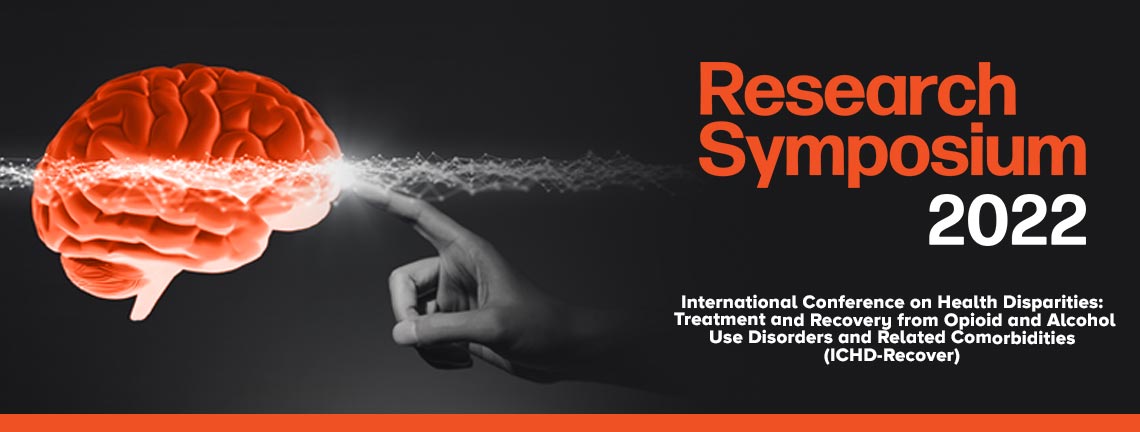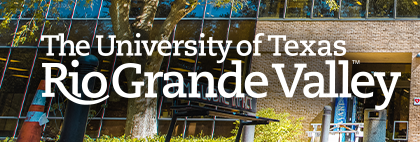
Posters
Presentation Type
Poster
Discipline Track
Patient Care
Abstract Type
Research/Clinical
Abstract
The Institute of Healthcare Improvement states that “medication reconciliation is the process of creating the most accurate list possible of all medications a patient is taking” so that physicians may know what medications the patient is taking, at what dose, and to identify any discrepancies between prescriptions during the patient encounter. However, the medication reconciliation rates of the DHR Family Medicine Center are not optimal as many med reconciliations remain uncompleted. An adapted protocol from a previous quality improvement project done at DHR Women’s Clinic in 2020 was implemented to seek to improve medication reconciliation rates.
This Quality Improvement Project was conducted as a retrospective analysis of the medication reconciliation compliance rates by family medicine residents at the UTRGV-DHR Family Medicine Center from January to March 2022. Medication reconciliation rates were determined number of mediation reconciliations completed for the total number of patients seen by the resident. Residents underwent an education intervention on the medication reconciliation process and attendings/preceptors were to remind residents during sign out starting at the end of January to compare pre and post intervention rates of completion. UTRGV-SOM Biostatistics department was consulted for analysis of the data.
We included 21 residents from them, in first year we had 8 residents, in second year 8 residents and third year were 5, with mean (SD) ages: 30 (3.6), 30.4 (2.2) and 28.2 (1.3) years old, respectively. We evaluated 1,724 registered consults to assess the rate of reconciliation in January (1: Pre-intervention), and February (2: post intervention), and March (3: endurance). Residents of 1st years evaluated 13% (n=217) of total consults, residents of 2nd year 54% (n=935) and 3rd year evaluated 33% (n=572). Panel analysis showed increase in the probability of reconciliation (p=0.006). The global analysis showed the rate reconciliation success had an initial median 94% which increased to 100 at the third month. The attributable increase due to the intervention was 9%.
The standardized protocol for medication reconciliation education and reminders are effective in increasing the rate in during patient encounters.
Academic/Professional Position
Resident
Mentor/PI Department
Family Medicine
Recommended Citation
Chapa, Iliana M.; Fahey, James; and Sandoval, Adrian, "Adapting a Medication Reconciliation Process to the Family Medicine Outpatient Setting" (2023). Research Symposium. 42.
https://scholarworks.utrgv.edu/somrs/2022/posters/42
Included in
Adapting a Medication Reconciliation Process to the Family Medicine Outpatient Setting
The Institute of Healthcare Improvement states that “medication reconciliation is the process of creating the most accurate list possible of all medications a patient is taking” so that physicians may know what medications the patient is taking, at what dose, and to identify any discrepancies between prescriptions during the patient encounter. However, the medication reconciliation rates of the DHR Family Medicine Center are not optimal as many med reconciliations remain uncompleted. An adapted protocol from a previous quality improvement project done at DHR Women’s Clinic in 2020 was implemented to seek to improve medication reconciliation rates.
This Quality Improvement Project was conducted as a retrospective analysis of the medication reconciliation compliance rates by family medicine residents at the UTRGV-DHR Family Medicine Center from January to March 2022. Medication reconciliation rates were determined number of mediation reconciliations completed for the total number of patients seen by the resident. Residents underwent an education intervention on the medication reconciliation process and attendings/preceptors were to remind residents during sign out starting at the end of January to compare pre and post intervention rates of completion. UTRGV-SOM Biostatistics department was consulted for analysis of the data.
We included 21 residents from them, in first year we had 8 residents, in second year 8 residents and third year were 5, with mean (SD) ages: 30 (3.6), 30.4 (2.2) and 28.2 (1.3) years old, respectively. We evaluated 1,724 registered consults to assess the rate of reconciliation in January (1: Pre-intervention), and February (2: post intervention), and March (3: endurance). Residents of 1st years evaluated 13% (n=217) of total consults, residents of 2nd year 54% (n=935) and 3rd year evaluated 33% (n=572). Panel analysis showed increase in the probability of reconciliation (p=0.006). The global analysis showed the rate reconciliation success had an initial median 94% which increased to 100 at the third month. The attributable increase due to the intervention was 9%.
The standardized protocol for medication reconciliation education and reminders are effective in increasing the rate in during patient encounters.

